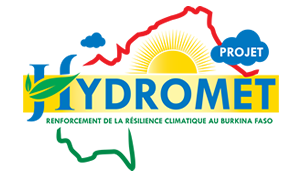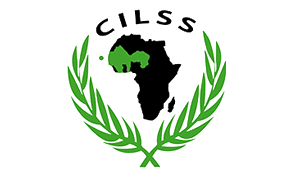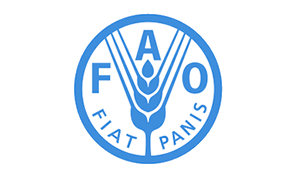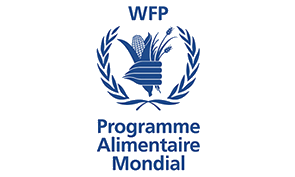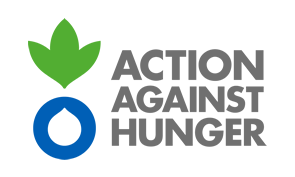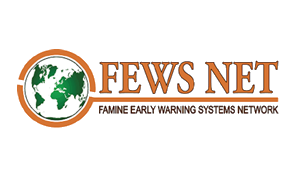The feminization of agriculture and access to land: Analysis of agricultural statistics disaggregated by gender for 1993, 1998 and 2001
The General Directorate of Agricultural Forecasts and Statistics (DGPSA) is a central structure of the Ministry of Agriculture, Water Resources and Fisheries Resources. One of its missions is to collect, process, analyze and disseminate statistics in the field of agriculture.
To cope with the increasingly growing need for user data disaggregated by gender, it established a series of gender indicators based on data from the National Survey of Agricultural Statistics (ENSA) of 1993, which remains at this time. greatest day
national survey never carried out by the Ministry in charge of agriculture. These indicators, which are necessary for carrying out specific studies, were also provided to the FAO (Food and Agriculture Organization of the United Nations) for
appreciation.
On the sidelines of this collaboration, the DGPSA, through its Directorate in charge of Agricultural Statistics (DSA), and the expert in Gender and Development of the Permanent Secretariat for the Coordination of Agricultural Sectoral Policies (SP / CPSA), began an analysis on
some of these data with the main objective of making better use of the existing statistics differentiated by sex.
To do this, two themes of analysis were identified, namely:
- the feminization of agriculture;
- access to land.
The choice of the first theme “feminization of agriculture” is justified by the fact that agriculture is still considered a “male” sector due to the ignorance and invisibility of the role of women in agricultural production. The term “feminization of agriculture ”comes from FAO, which has seen an increase in the participation of women in agricultural production globally. This increased participation stems, on the one hand, from the intensification of agriculture requiring more female labor, and, on the other hand, from the growing number of women heads of household due to the absence of husband (migration, AIDS, etc.).
This phenomenon of feminization is not a neutral observation, if one considers that access to and control of the resources and benefits of production are not distributed equitably between men and women. An increase in female agricultural work does not mean automatically more control and access to land, mechanization, inputs, income, etc. by women. Such a situation may cause a drop in production, not an increase. Indeed, according to some sources, the feminization of Agriculture is directly linked to the feminization of poverty (Ringström).
The two research questions used in this analysis are:
What is the participation of women in agricultural production compared with that of men?
Does the agricultural sector in Burkina Faso tend to become feminized?
The following indicators were retained:
- demographic data, by age group;
- data on agricultural assets;
- data on heads of household;
- data on the quantity of labor (for the year 1993).
The choice of the second theme is justified, on the one hand, by the importance of the land resource to be able to produce and the imbalance observed at this level between men and women and, on the other hand, it aims once again to clarify the role of women in agricultural production.
Land is an essential resource for agricultural production. In general, women have less access to land than men, although at the legislative level, in particular the Agrarian and Land Reorganization (RAF, law no. 014/96 / ADP of May 26, 1996) in its article 62, stipulates that “urban or rural land in the national land domain is
attributed to natural persons regardless of sex or marital status ”.
In several strategic and policy documents, improving access to land for rural women emerges as an objective or at least as a prerequisite for their development. However, in practice, improving women’s access to land does not appear
not so easy and we must also recognize that the problem of access to land does not arise in the same way for all women in Burkina Faso.
In order to better highlight the access of men and women to land, the following indicators were used and analyzed:
- collective and individual areas exploited;
- the number of plot managers;
- the average area cultivated per plot manager;
- employment status (data only available for 1993).
Data on the distribution of land between the sexes will at the same time enrich the reflection on the feminization of agriculture in Burkina Faso: does it go hand in hand with better access to land for women? What could this mean for women’s empowerment?
